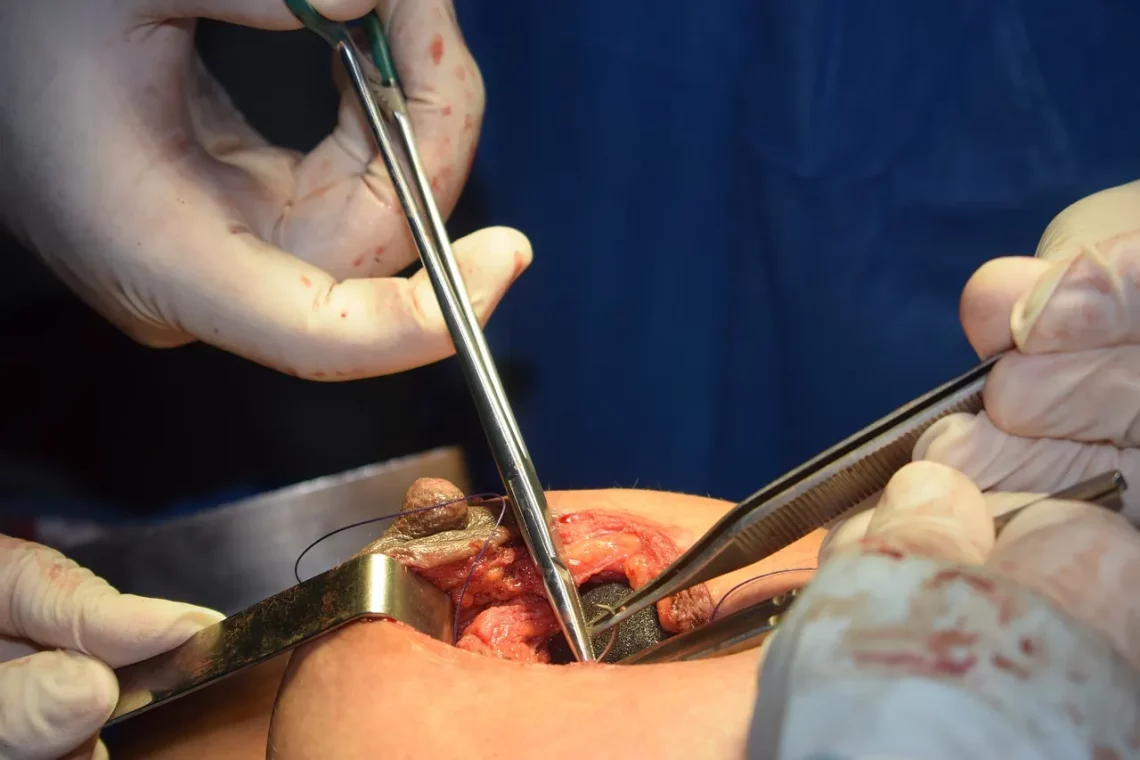
Exploring Lipoma Removal: A Visual Guide with Pictures
Lipomas are benign tumors composed of fatty tissue that can develop anywhere on the body. They are generally soft to the touch, movable, and painless, making them a common occurrence among various populations. Although often left untreated due to their non-cancerous nature, some individuals seek removal for cosmetic reasons or if the lipoma becomes bothersome. Understanding the nature of lipomas and the options available for their removal can be beneficial for those who are affected by them. This article delves into the different aspects of lipoma removal, providing a detailed visual guide to help individuals navigate their options.
Given the relatively straightforward nature of the procedure, many people are surprised to learn about the various techniques employed in lipoma removal. While some methods are minimally invasive, others may require a more surgical approach. The best course of action often depends on the size, location, and number of lipomas present. Additionally, the recovery time and potential complications are factors to consider when deciding on treatment. By exploring these elements, individuals can make informed choices regarding their health and well-being, ensuring they receive the appropriate care.
Understanding Lipomas: What They Are and How They Develop
Lipomas are soft, fatty lumps that develop between the skin and the underlying muscle layer. They are composed of adipose (fat) tissue and are generally harmless. While the exact cause of lipoma formation is not entirely understood, genetic predisposition may play a significant role, as they tend to run in families.
Most lipomas are small, typically measuring less than two inches in diameter, but they can occasionally grow larger. They are most commonly found on the torso, neck, arms, and thighs. Despite their benign nature, lipomas can sometimes cause discomfort, especially if they press against nerves or other tissues.
Diagnosis is typically straightforward; a healthcare professional can often identify a lipoma through a physical exam. In some cases, imaging tests like ultrasound or MRI may be used to determine the lipoma’s size and depth, especially if there is any uncertainty about its nature.
It is important to note that lipomas are not cancerous and do not pose a health risk. However, some individuals may choose to have them removed for aesthetic reasons or if they become painful. Understanding what lipomas are can help individuals better assess their options when considering treatment.
Techniques for Lipoma Removal: An Overview
There are several techniques for lipoma removal, each with its advantages and disadvantages. The choice of technique can depend on factors such as the lipoma’s size, location, and the patient’s overall health.
One of the most common methods is excisional surgery, where the lipoma is surgically removed along with a small margin of surrounding tissue. This method is effective for larger lipomas and ensures complete removal. The procedure is typically performed under local anesthesia, and patients can often return home the same day.
Another technique is liposuction, which can be used for smaller lipomas. During this procedure, a thin tube is inserted into the lipoma to suction out the fatty tissue. While liposuction may result in less scarring compared to excisional surgery, it may not remove the entire lipoma, leading to a possibility of recurrence.
Some minimally invasive methods involve injecting substances that break down fat cells. These techniques are still being studied for their long-term efficacy and safety.
Regardless of the method chosen, it’s essential for patients to consult with a qualified healthcare professional to determine the best approach based on their specific circumstances. Each method has its own recovery timeline and potential side effects, making it crucial to understand what to expect post-procedure.
Recovery Process: What to Expect After Lipoma Removal
The recovery process following lipoma removal can vary depending on the technique used and the individual’s overall health. For excisional surgery, patients can typically anticipate some swelling and bruising around the incision site. Pain is often manageable with over-the-counter medications, and most people can return to normal activities within a week.
If liposuction was performed, recovery might be quicker, with less swelling and discomfort. However, it’s essential to monitor the site for any signs of infection, such as increased redness, warmth, or pus. Follow-up appointments with the healthcare provider are usually scheduled to ensure proper healing and to remove any stitches if necessary.
During the recovery period, patients are often advised to avoid strenuous activities, heavy lifting, or anything that may strain the surgical site. Depending on the individual’s job or lifestyle, this downtime can vary from a few days to a couple of weeks.
Additionally, it is critical to follow any aftercare instructions provided by the healthcare professional to minimize the risk of complications. Wearing loose-fitting clothing can also help prevent irritation at the removal site.
Overall, while recovery can involve some discomfort, most patients find that the benefits of having a lipoma removed outweigh the temporary inconveniences.
When to Seek Medical Attention: Signs of Complications
While lipoma removal is generally safe, it is crucial for patients to be aware of potential complications that may arise. Although uncommon, some individuals may experience adverse effects that require medical attention.
Signs of infection, such as increased redness, swelling, or discharge from the surgical site, should not be ignored. Fever or worsening pain can also indicate complications. In such cases, it is essential to contact a healthcare provider promptly.
Another concern may be the recurrence of the lipoma. While surgical excision is typically effective, some patients may find that a lipoma grows back. If there is a noticeable lump at the removal site after healing, a follow-up consultation can help determine the next steps.
Additionally, if patients notice any new lumps or changes in existing ones, they should seek medical advice. It’s essential to differentiate between benign lipomas and other skin conditions that may require different treatment.
Being informed and vigilant can help ensure a smooth recovery and address any issues that may arise post-procedure. Ultimately, maintaining open communication with healthcare providers can alleviate concerns and provide reassurance throughout the healing process.
In conclusion, while lipomas are generally harmless, the decision to remove them can involve various considerations. Whether for cosmetic reasons or discomfort, understanding the removal process, recovery, and potential complications is vital.
**Disclaimer:** This article is for informational purposes only and does not constitute medical advice. Always consult a qualified healthcare professional for any health concerns or before making decisions regarding medical treatment.




